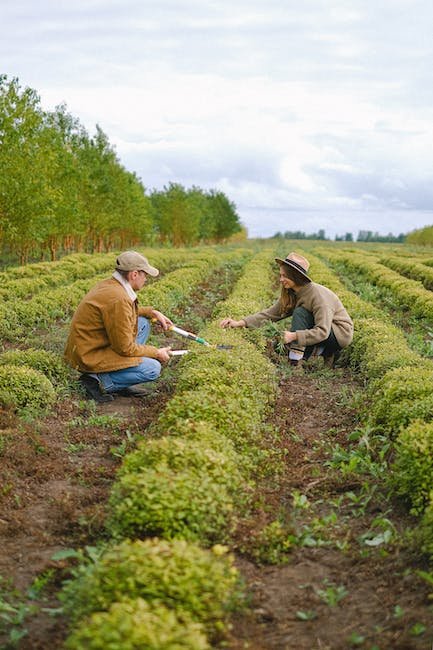
The Benefits of Using Organic Fertilizers for Bee-Safe Planting
As the plight of bees continues to concern scientists and environmentalists, adopting bee-safe planting practices becomes crucial. Using organic fertilizers not only supports healthy soil and plant growth, but also ensures that these vital pollinators are not harmed by harmful chemicals. By embracing natural alternatives, we can create a harmonious ecosystem that sustains both plants and the precious bees that help our crops thrive.
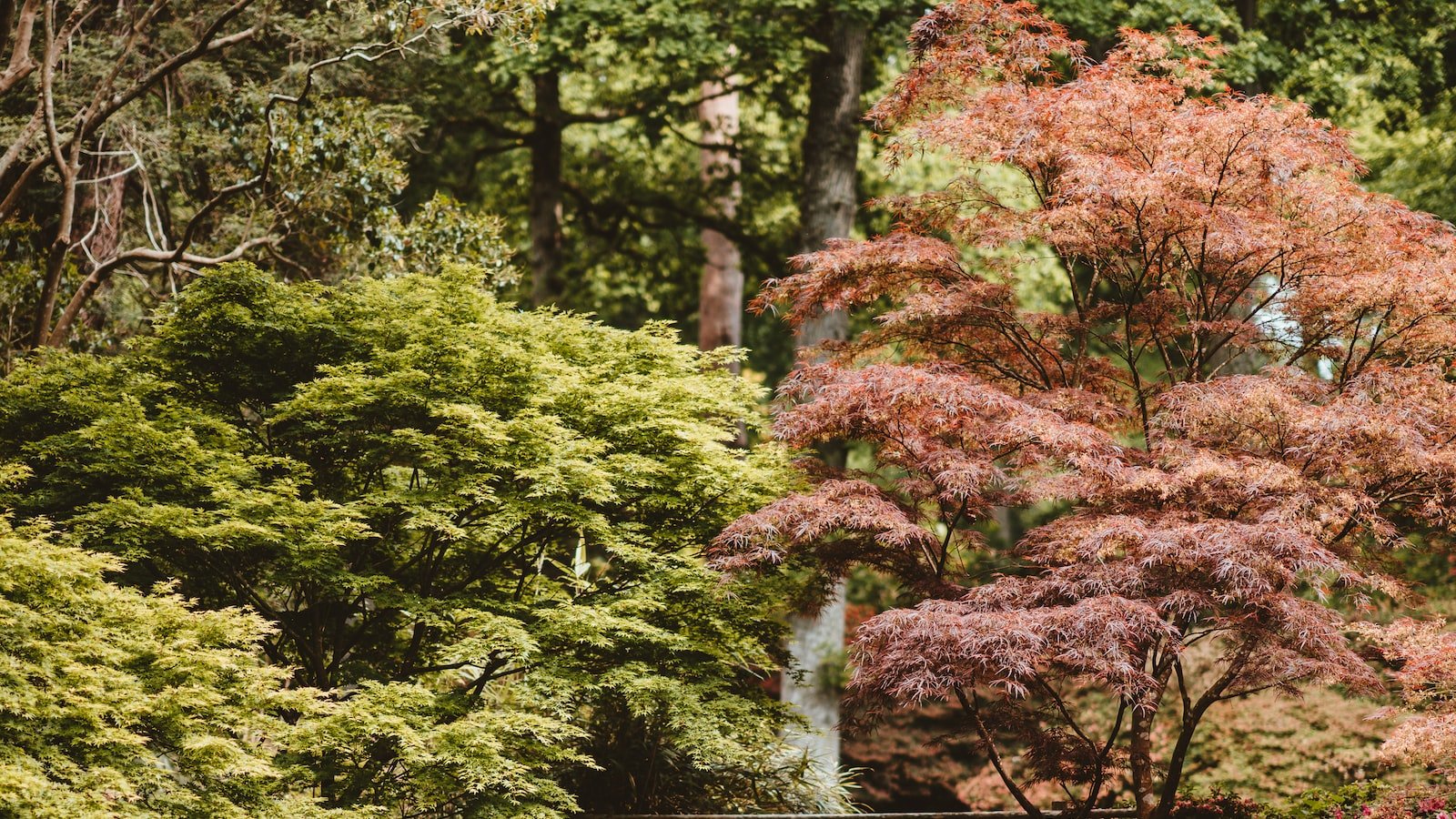
How to Use Garden Ponds for Bee-Safe Planting
Create a buzz in your garden by incorporating garden ponds into your bee-friendly planting strategy. With careful selection of plants that attract pollinators and providing a safe water source, your garden pond can become a haven for bees and other beneficial insects, ultimately leading to a flourishing and beautiful ecosystem.
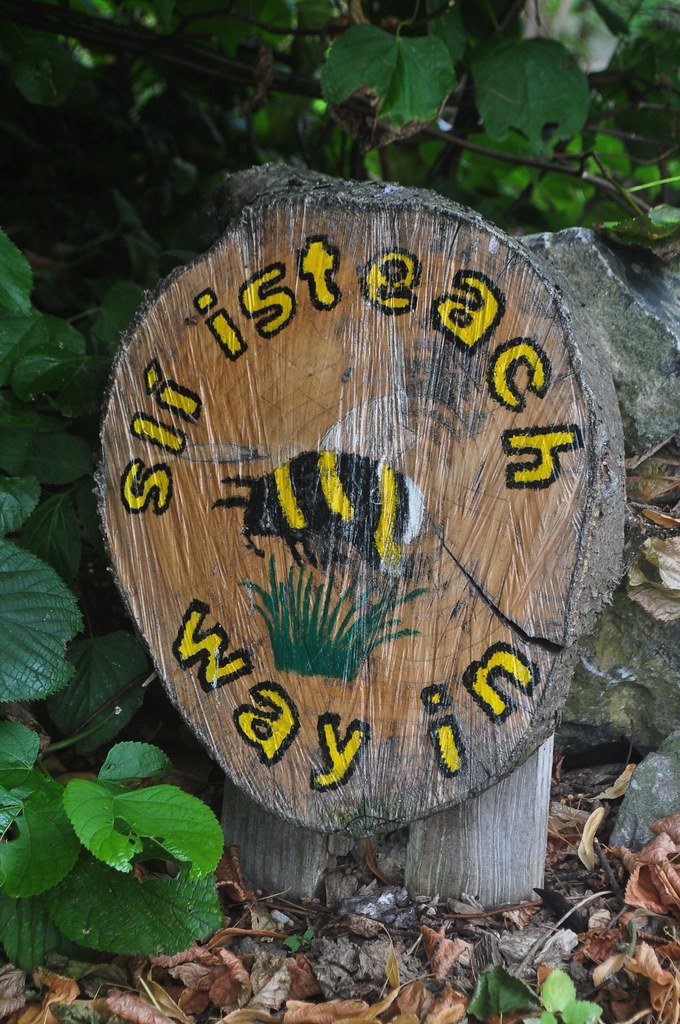
How to Create a Bee-Safe Sensory Garden
With a little planning and creativity, you can design a sensory garden that both delights and protects the bees. Incorporating a variety of colors, textures, and fragrances, while avoiding harmful chemicals, makes for a bee-friendly oasis that also appeals to human senses.
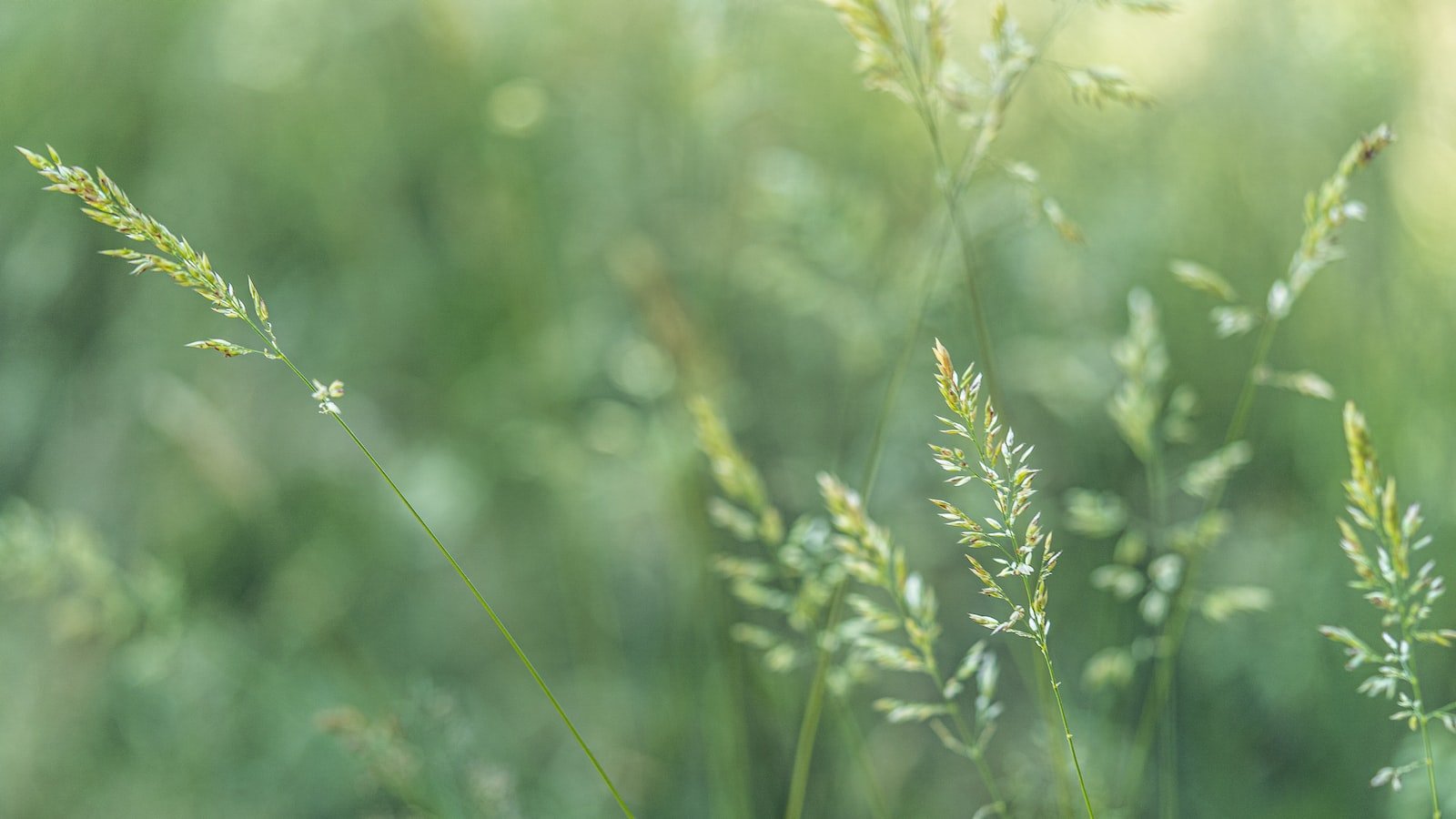
How to Use Ornamental Grasses for Bee Foraging
Ornamental grasses not only add beauty to your garden, but also serve as a delightful buffet for busy bees. From feathery switchgrass to graceful fountain grass, these plants provide an abundant supply of pollen and nectar to sustain our buzzing friends throughout the seasons. Discover how to incorporate these bee-friendly grasses into your landscape and create a vibrant haven for these essential pollinators.
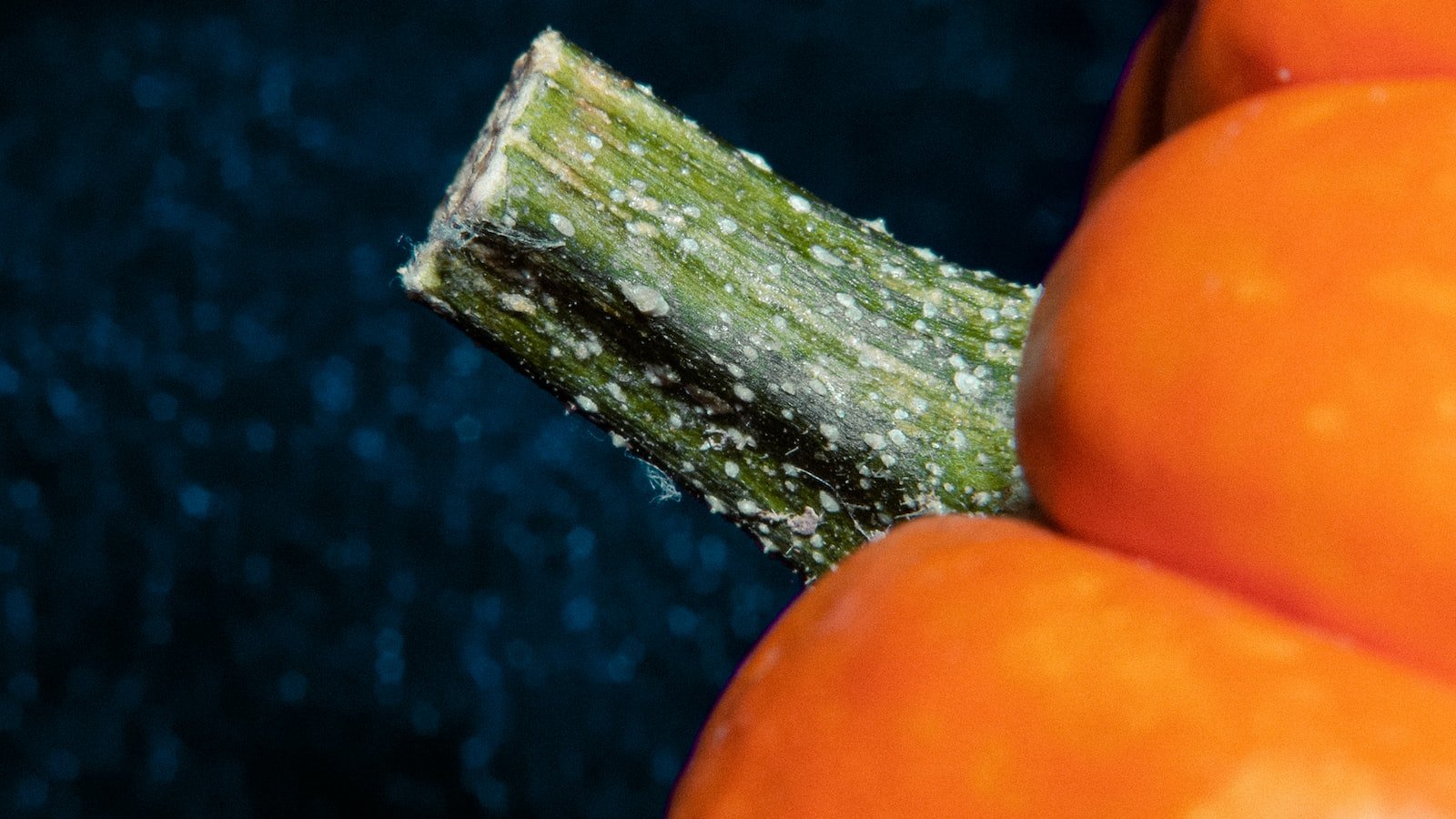
How to Use Vertical Planting for Bee-Friendly Spaces
Vertical planting is not just a trend; it's a creative way to create bee-friendly spaces. By utilizing walls, fences, and trellises, you can maximize your garden's potential and provide a vertical oasis for our buzzing friends.
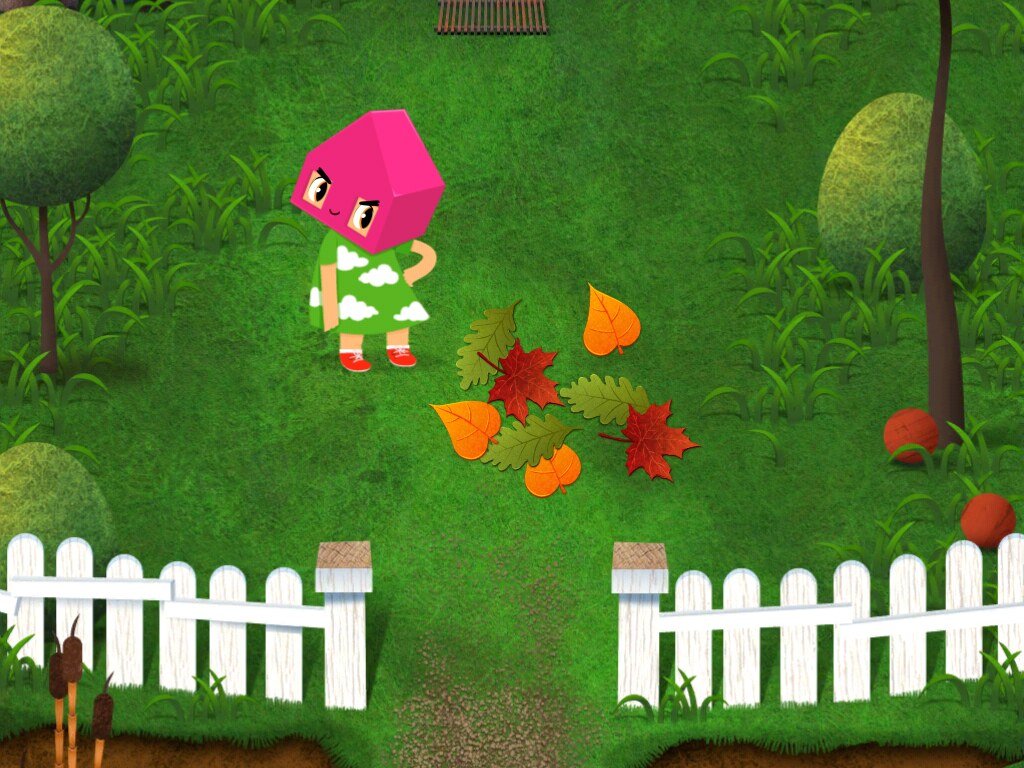
How to Use Garden Apps for Bee-Friendly Planting
Transform your smartphone into a buzzing tool for pollinator-friendly gardening with these garden apps. From identifying bee-friendly plants to tracking your garden's progress, these apps will guide you through the enchanted journey of creating a haven for our buzzing friends.
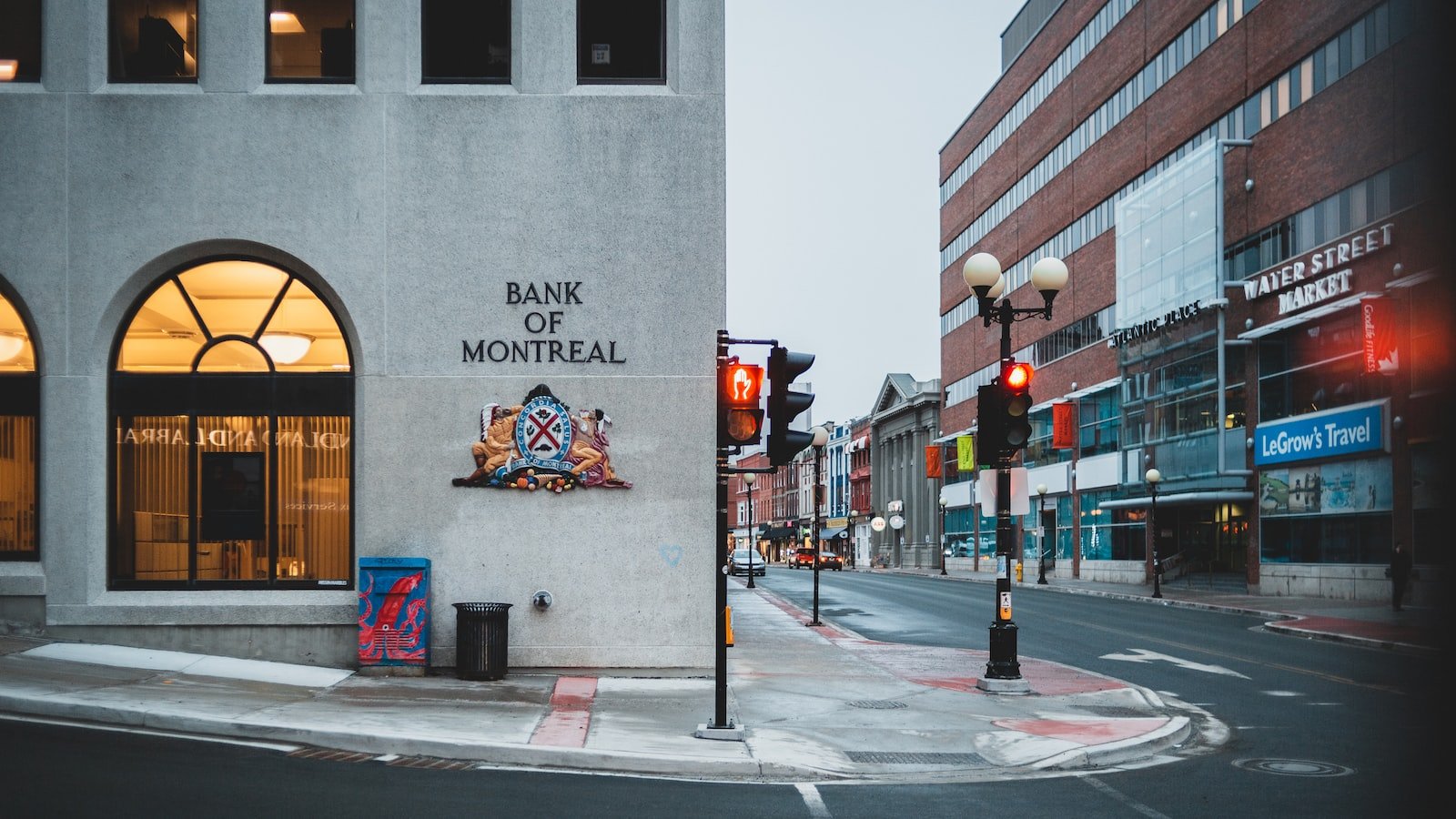
The Role of Native Plants in Urban Beekeeping
Urban beekeeping has become a buzzing trend in recent years, prompting a closer look at the role of native plants in supporting these vital pollinators. From vibrant wildflowers to humble city trees, native plants offer a refuge for bees amidst urban landscapes, sustaining their colonies and promoting biodiversity in our concrete jungles.
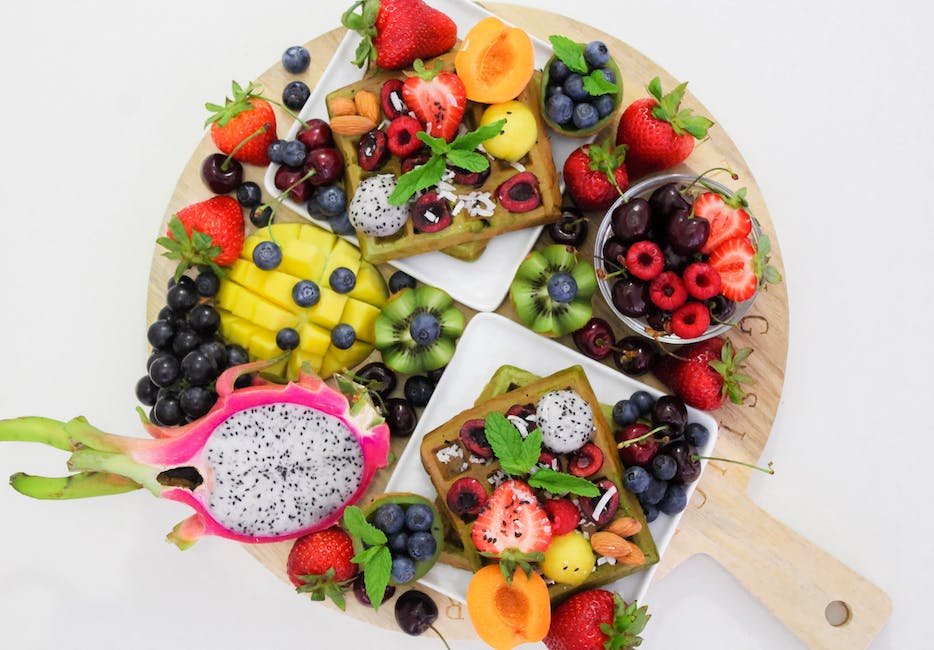
The Role of Fruits in a Bee-Friendly Garden
Enrich your bee-friendly garden with a splash of vibrant colors and sweet flavors by including a variety of fruits. From aromatic citrus trees to juicy berry bushes, these fruity delights provide nectar and pollen for the buzzing visitors, fostering a harmonious ecosystem.
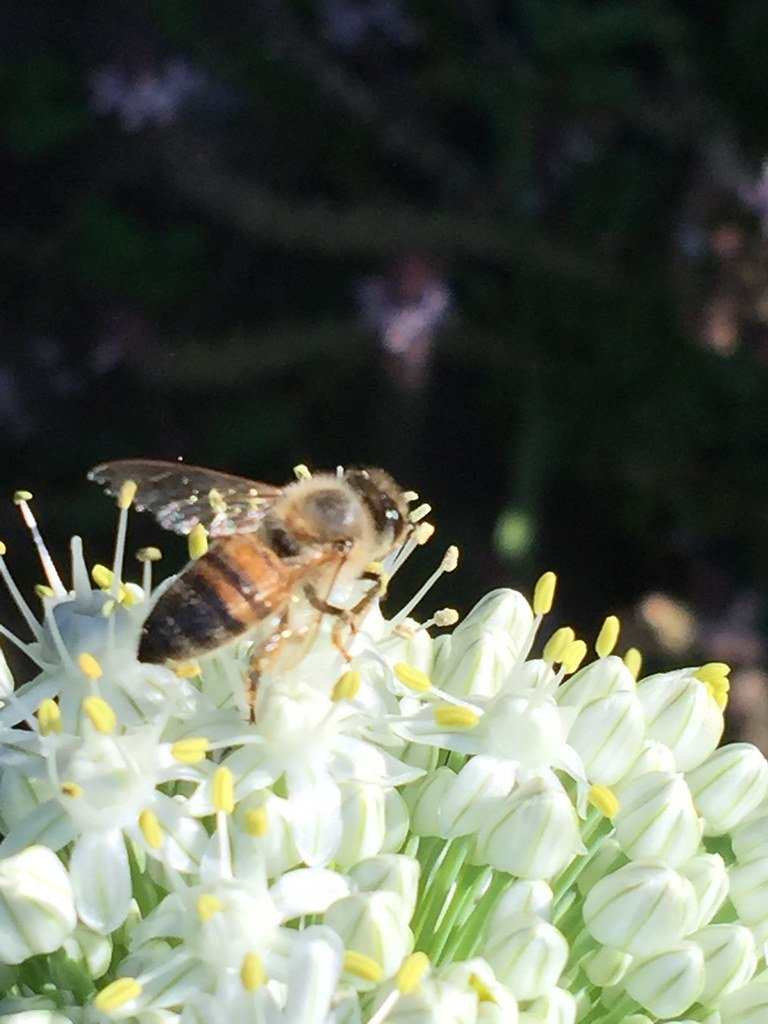
The Importance of Garden Layout in Bee Foraging
In the intricate dance between bees and flowers, the layout of a garden plays a vital role. From the arrangement of plants to the strategic positioning of water sources, a well-designed garden can become a buzzing paradise that maximizes bee foraging efficiency, ultimately contributing to the health of these crucial pollinators and our ecosystem as a whole.
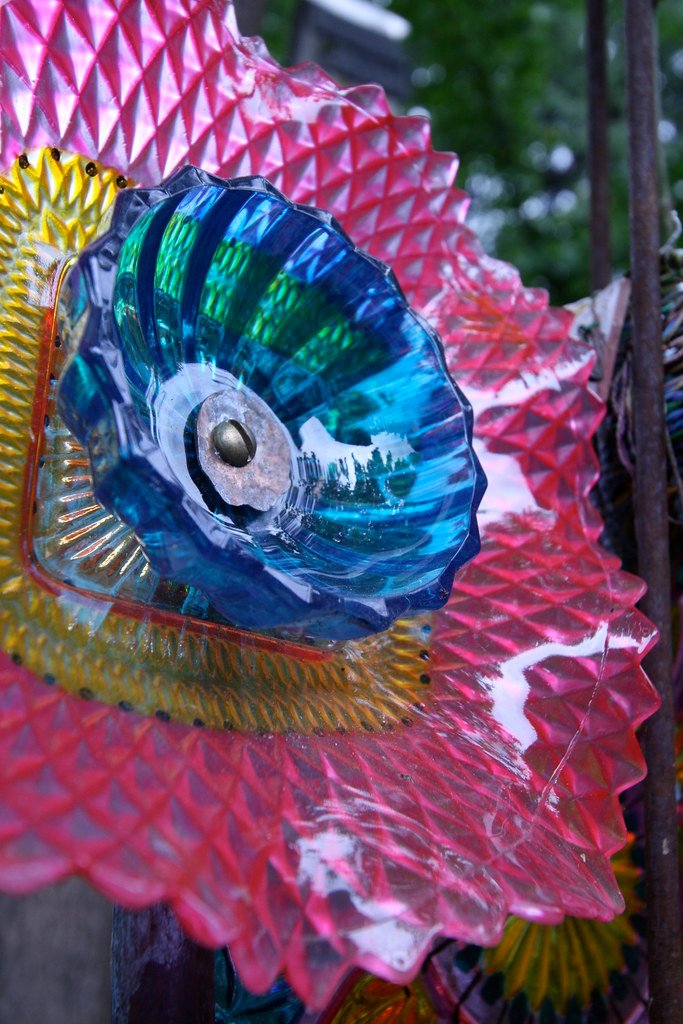
The Role of Garden Art in Bee-Friendly Spaces
In the enchanting world of bee-friendly spaces, garden art plays a vital role. These carefully placed sculptures, mosaics, and structures not only add a delightful aesthetic charm but also provide essential nesting sites, food sources, and shelter for our buzzing pollinator friends.
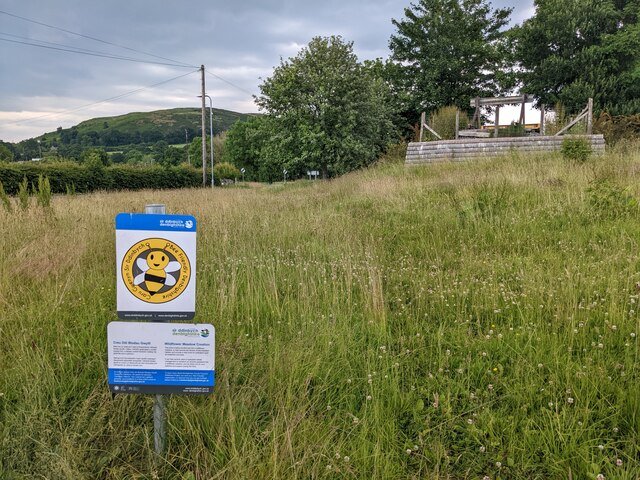
How to Create a Bee-Safe Meadow in Your Backyard
Transforming your backyard into a buzzing paradise for bees is not only an eco-friendly initiative, but also an opportunity to witness the wonders of nature up close. From opting for native wildflowers to avoiding harmful pesticides, discover the secrets of crafting a bee-safe meadow that will make your garden a haven for these essential pollinators.
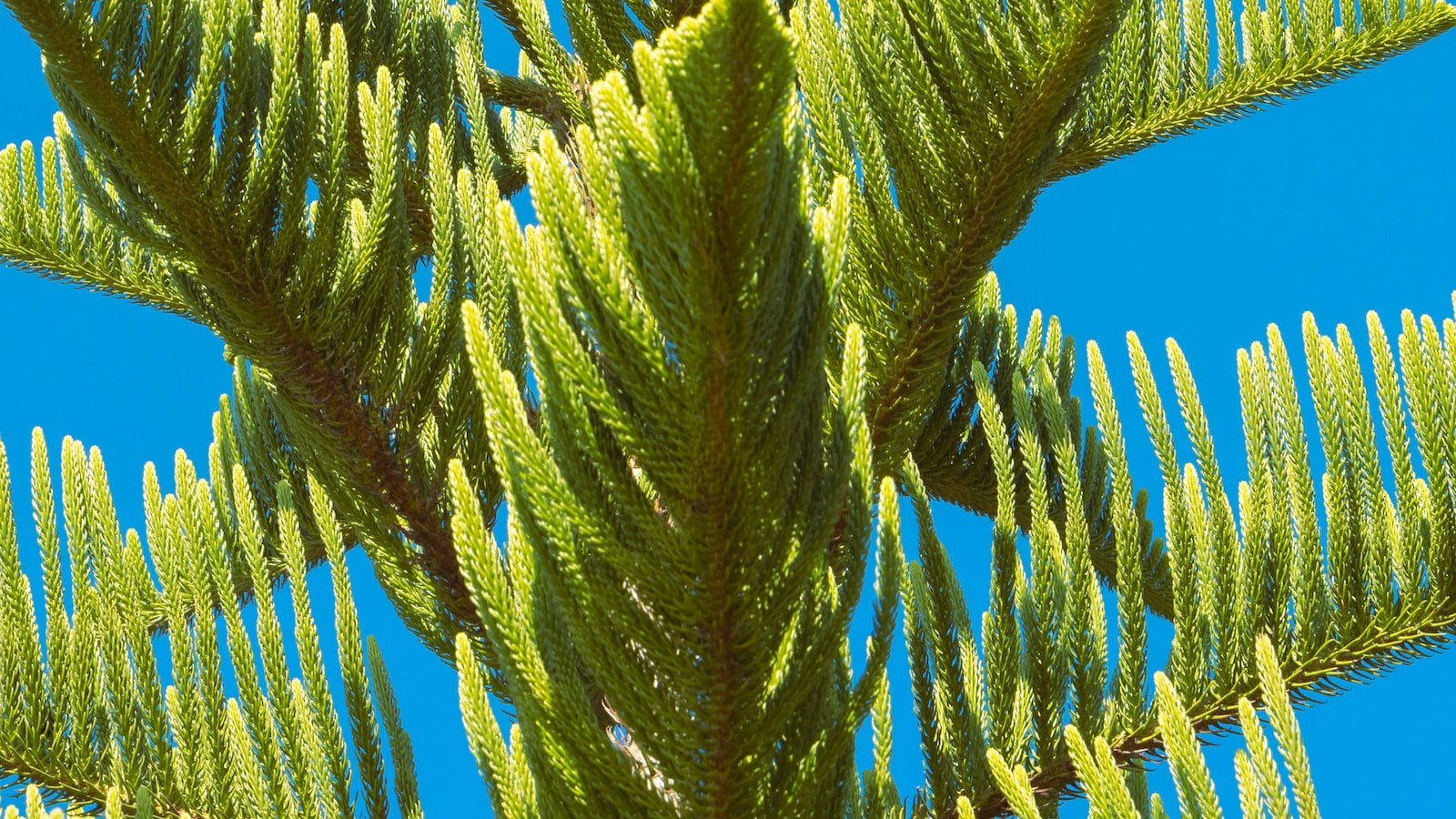
The Impact of Pesticides on Bee-Friendly Plants
With their vibrant colors and delicate petals, bee-friendly plants attract these vital pollinators and support the thriving ecosystem. However, the excessive use of pesticides on these plants poses a grave threat to the very creatures they intend to protect, disrupting the delicate balance between humans and nature.